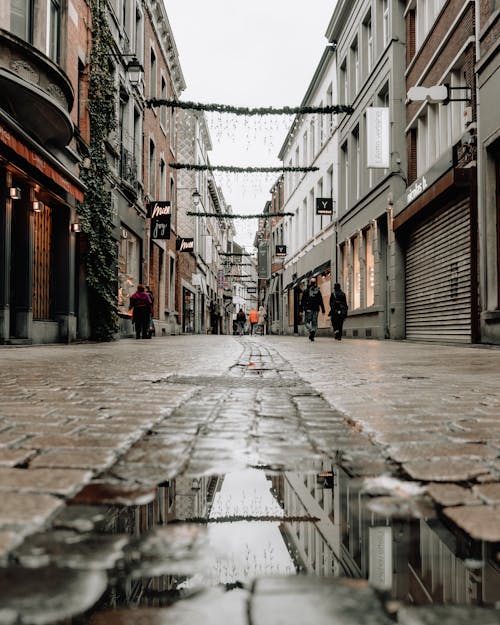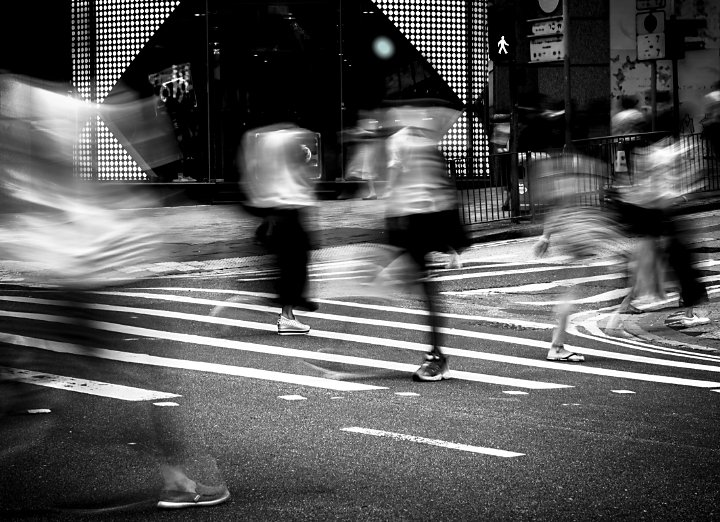8 Simple Techniques For Framing Streets
Table of ContentsFraming Streets for BeginnersFraming Streets Fundamentals Explained10 Easy Facts About Framing Streets DescribedThe 5-Second Trick For Framing StreetsExamine This Report on Framing StreetsGetting The Framing Streets To Work
Digital photography category "Crufts Pet Program 1968" by Tony Ray-Jones Road digital photography (additionally often called honest photography) is photography conducted for art or inquiry that features unmediated opportunity experiences and arbitrary incidents within public places, usually with the aim of recording images at a crucial or emotional minute by mindful framework and timing. 
The Framing Streets Diaries
Susan Sontag, 1977 Road photography can concentrate on people and their habits in public. In this regard, the road professional photographer is comparable to social documentary digital photographers or photojournalists who also work in public areas, yet with the aim of catching relevant occasions. Any of these professional photographers' photos might capture people and residential or commercial property visible within or from public locations, which usually requires browsing ethical problems and laws of privacy, safety, and residential or commercial property.
Depictions of everyday public life form a category in almost every duration of world art, beginning in the pre-historic, Sumerian, Egyptian and very early Buddhist art durations. Art managing the life of the road, whether within views of cityscapes, or as the dominant motif, shows up in the West in the canon of the North Renaissance, Baroque, Rococo, of Romanticism, Realism, Impressionism and Post-Impressionism.
Some Known Factual Statements About Framing Streets
Louis Daguerre: "Blvd du Temple" (1838 or 1839) In 1838 or 1839 the first photo of figures in the road was taped by Louis-Jacques-Mand Daguerre in among a set of daguerreotype views extracted from his studio home window of the Boulevard du Temple in Paris. The 2nd, made at the height of the day, reveals an unpopulated stretch of road, while the various other was taken at regarding 8:00 am, and as Beaumont Newhall records, "The Boulevard, so constantly loaded with a moving throng of pedestrians and carriages was completely singular, except an individual who was having his boots cleaned.
His boots and legs were well specified, yet he is without body or head, because these were in motion." Charles Ngre, waterseller Charles Ngre. https://framing-streets.jimdosite.com/ was the first professional photographer to obtain the technical refinement needed to register individuals in motion on the road in Paris in 1851. Digital Photographer John Thomson, a Scotsman dealing with journalist and social protestor Adolphe Smith, published Street Life in London in twelve monthly installments beginning in February 1877
Rumored Buzz on Framing Streets
Eugene Atget is considered as a progenitor, not due to the fact that he was the initial of his kind, yet as an outcome of the popularisation in the late 1920s of his document of Parisian streets by Berenice Abbott, who was inspired to undertake a similar paperwork of New York City. [] As the city developed, Atget helped to promote Parisian roads as a worthwhile topic for digital photography.

The 4-Minute Rule for Framing Streets
The principal Mass-Observationists were anthropologist Tom Harrisson in Bolton and poet Charles Madge in London, and their first report was generated as the book "May the Twelfth: Mass-Observation Day-Surveys 1937 by over 2 hundred viewers" [] Window cleaner at Kottbusser Tor, Berlin, by Elsa Thiemann c. 1946 The post-war French Humanist Institution professional photographers located their topics on the street or in the bistro. In between 1946 and 1957 Le Groupe des XV each year exhibited work of this kind. Andre Kertesz. Circus, Budapest, 19 May 1920 Street digital photography created the significant web content of 2 exhibitions at the Museum of Modern Art (Mo, MA) in New York curated by Edward Steichen, Five French Professional Photographers: Brassai; Cartier-Bresson, Doisneau, Ronis, Izis in 1951 to 1952, and Post-war European Photography in 1953, which exported the idea of road Visit Website digital photography worldwide.

Fascination About Framing Streets
, then an educator of young youngsters, connected with Evans in 193839.'s 1958 publication,, was substantial; raw and frequently out of focus, Frank's pictures questioned traditional photography of the time, "challenged all the formal guidelines laid down by Henri Cartier-Bresson and Walker Evans" and "flew in the face of the wholesome pictorialism and genuine photojournalism of American publications like LIFE and Time".